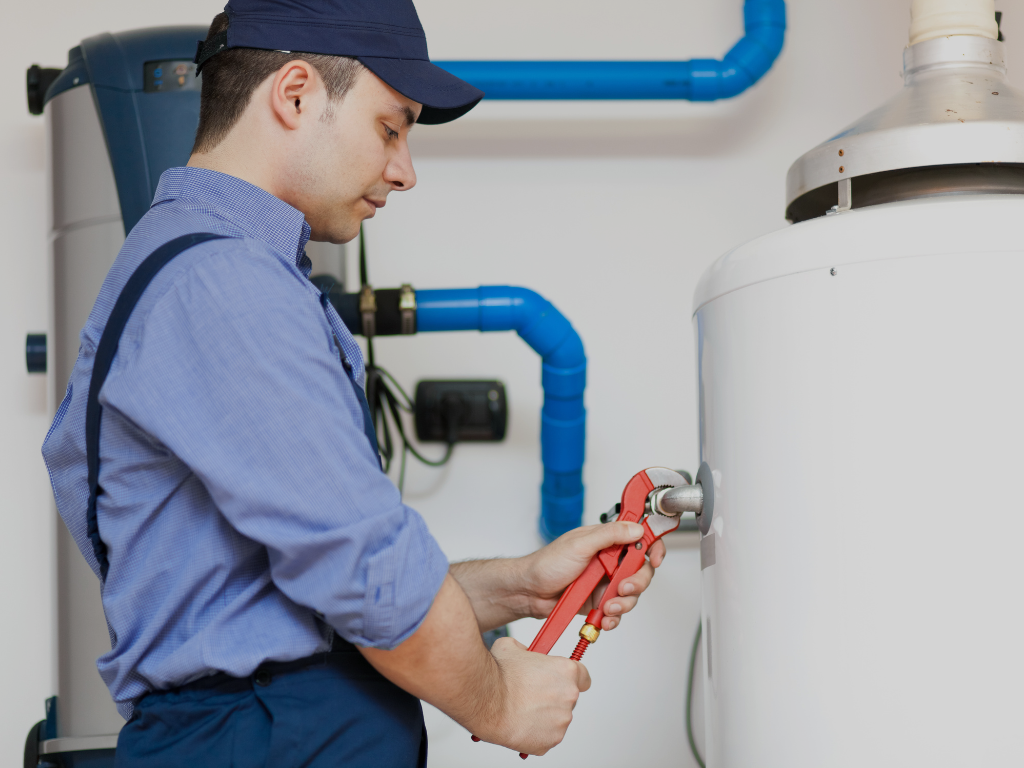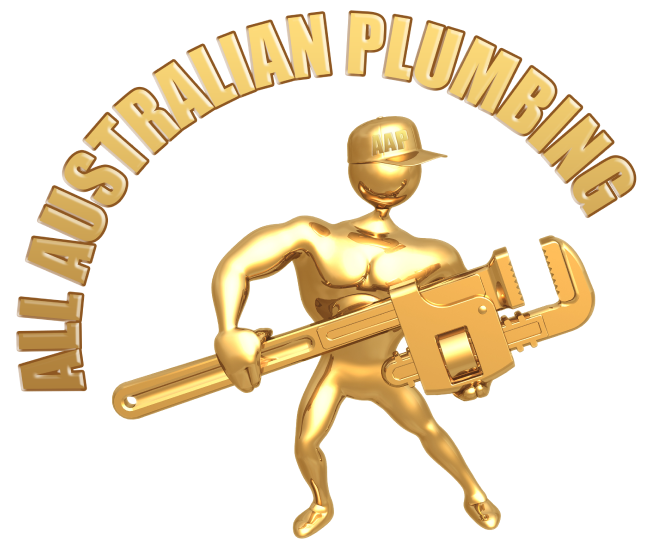Introduction
Plumbing, often overlooked, forms the circulatory system of our homes, bringing in fresh water and taking away waste. The modern era has seen remarkable advancements in plumbing, transforming the ways in which water is accessed, used, and managed in residential settings. This guide seeks to demystify the intricate web of pipes, drains, and vents that keep our homes running smoothly.
Understanding the Basics: Pipes, Drains, and Vents
Pipes
At the heart of any plumbing system are the pipes. They serve as the main conduits for both freshwater intake and wastewater removal. Broadly speaking, pipes can be categorized into two:
- Supply Pipes: These are responsible for bringing fresh water into the home. Whether from municipal sources or private wells, supply pipes ensure that whenever you turn on a tap, fresh water is readily available.
- Drain Pipes: Once water has been used—be it from washing, cooking, or flushing—it needs a way out. Drain pipes, often larger in diameter than supply pipes, safely transport wastewater away from the home, leading to sewers or septic systems.
Drains
Drains play a pivotal role in the plumbing ecosystem. They serve as the primary exit points for used water:
- Sink Drains: Commonly found in kitchens and bathrooms, they handle water from everyday tasks like washing hands or cleaning dishes.
- Shower and Bathtub Drains: These drains manage larger volumes of water and are designed to handle potential blockages like hair and soap scum.
- Toilet Drains: Specifically designed to manage both liquid and solid waste, they connect directly to broader sewer pipes to ensure efficient waste removal.
Vents
A less-talked-about but crucial component of the plumbing puzzle is venting. Vents ensure that:
- Water Drains Properly: By allowing air into the plumbing system, vents help water flow smoothly and prevent the creation of vacuums that can hinder drainage.
- Sewer Gases Are Released: Vents also act as escape routes for potentially harmful sewer gases, directing them out of the home and ensuring indoor air remains fresh.
Common Plumbing Materials: From PVC to Copper
The materials chosen for plumbing systems have evolved over the years, responding to needs for durability, safety, and efficiency.
PVC and CPVC
Polyvinyl chloride (PVC) and its close relative, chlorinated polyvinyl chloride (CPVC), have become mainstays in modern plumbing:
- PVC: Lightweight, durable, and resistant to corrosion, PVC pipes are typically used for drain, waste, and vent lines. Their flexibility makes them particularly popular for underground applications.
- CPVC: Slightly different in composition, CPVC pipes can handle higher temperatures, making them suitable for hot water supply lines.
Copper
Long revered for its durability and reliability, copper remains a favored choice for many plumbing systems:
- Types: Copper pipes are available in various types, each suited to specific uses. Type M is the thinnest but widely used for residential water supply. Type L, with thicker walls, is also employed for water supply, especially underground. DWV, being the thickest, is mainly used for drains and vents.
- Advantages: Beyond durability, copper offers natural antibacterial properties and is recyclable, making it an environmentally friendly option.
The Role of a Water Heater: Types and Maintenance
Water heaters are an indispensable part of modern homes, providing the luxury of instant hot water for showers, washing dishes, and countless other daily tasks. Their function goes beyond merely heating water; they must do so efficiently, sustainably, and safely.

Types of Water Heaters
Modern homes have several options when it comes to water heaters, each with its unique benefits:
- Tank vs. Tankless Water Heaters:
- Tank Water Heaters: These store a large volume of water in a tank and keep it heated for immediate use. They come in various sizes, from small units for single rooms to large tanks serving an entire household.
- Tankless Water Heaters: Instead of storing hot water, these heaters warm water on demand using high-powered burners. They’re energy efficient since they don’t need to maintain the temperature of stored water.
- Solar Water Heaters:
- Harnessing the power of the sun, these heaters use solar panels installed on rooftops to collect heat. The heat is then transferred to a fluid in a closed-loop system that warms the water in a storage tank.
- They’re eco-friendly and can lead to significant energy savings in sunny regions.
- Hybrid or Heat Pump Water Heaters:
- These innovative heaters capture heat from the air and ground to heat water, using electricity only to move heat from the air to the water, making the process highly energy-efficient.
- Ideal for homes in temperate climates, they can result in considerable energy savings.
Maintenance Tips
To ensure longevity and consistent performance from your water heater, routine maintenance is essential:
- Draining the Tank: Over time, sediment can build up in tank water heaters. Draining the tank once a year can help remove this sediment, ensuring efficient heating and preventing potential damage.
- Checking the Pressure Relief Valve: This valve releases excess pressure from the tank. Testing it annually can prevent potential malfunctions and leaks.
- Insulating the Heater: Wrapping older water heaters with an insulation blanket can improve their efficiency, ensuring faster heating and reducing energy consumption.
- Regular Professional Inspections: While many maintenance tasks can be DIY, having a professional inspect the water heater annually can catch potential issues early and ensure safe operation.
Tips to Maintain Your Home Plumbing System
Maintaining the health of your home’s plumbing system not only ensures consistent performance but can also prevent costly repairs and replacements down the line.
Regular Inspections:
- Checking for leaks, corrosion, or damage regularly can help spot and address potential issues before they escalate.
Preventative Measures:
- Avoid Harsh Chemicals: Instead of using aggressive chemical drain cleaners, opt for natural solutions or mechanical methods to clear blockages.
- Use Strainers: Placing strainers over drains can prevent large debris, hair, and other materials from causing blockages.
- Mind What Goes Down the Drain: Educate household members about items that shouldn’t be flushed or poured down drains, such as fats, oils, and non-flushable wipes.
Seasonal Maintenance:
- Winter Care: Insulate pipes to prevent freezing during colder months. Disconnect and drain outdoor hoses and faucets.
- Summer Maintenance: Check outdoor fixtures for leaks or damage and ensure your sprinkler system works without any hitches.
Water Conservation:
- Implementing water-saving habits and fixtures can prolong the life of your plumbing system while also being environmentally responsible. Consider low-flow faucets, high-efficiency toilets, and promptly addressing any leaks.
Conclusion
A home’s plumbing system, intricate and often behind the scenes, plays an integral role in our daily comfort and health. By understanding its components, materials, and maintenance requirements, homeowners can ensure a smoothly running system, minimize unexpected issues, and enjoy the peace of mind that comes with a well-maintained home.
If you find that you’re having difficulties with repairing home plumbing systems, it may be a good time to contact a professional. All Australian Plumbing offers comprehensive plumbing solutions that makes it easier and more affordable for all Australian homes!




